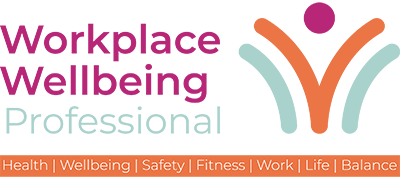The number of people killed in work-related incidents in the UK dropped to 124 in the past year, according to new data from the Health and Safety Executive (HSE). But falls from height remain the leading cause of workplace death, and agriculture continues to have the highest fatality rate.
Covering the period from April 2024 to March 2025, the figures represent a reduction of 14 deaths compared with the previous year.
While the numbers are broadly consistent with the trend seen before the pandemic, the HSE is warning against complacency and urging employers to take ongoing action to prevent avoidable deaths at work.
Construction and Agriculture Account for Nearly Half of Fatalities
Construction saw the highest number of deaths (35), followed by agriculture, forestry and fishing (23). Together, these two sectors accounted for nearly half of all worker fatalities in 2024/25.
Measured by the rate of fatal injury per 100,000 workers, agriculture, forestry and fishing continues to be the most dangerous industry to work in, followed by waste and recycling.
Despite significant investment in safety campaigns and training over the years, these industries persistently account for a disproportionate number of deaths, showing a need for more rigorous implementation of health and safety controls, particularly among smaller firms and seasonal and self-employed workers.
Falls From Height Kill More Workers
Falls from height were responsible for 35 of the 124 deaths recorded, representing more than a quarter of all fatal workplace incidents. The risks are especially acute in construction and agriculture, where working at height is a common feature of the job.
Slips, trips and falls have long been among the most reported causes of serious injury and death at work, prompting the HSE to publish repeated guidance and enforcement notices aimed at improving compliance.
The watchdog said employers must assess risks and put in place appropriate control measures such as guard rails, safety harnesses and staff training to protect workers who operate above ground level.
Public Also Affected by Workplace Risks
In addition to the 124 workers killed, 92 members of the public died in incidents connected to a workplace. They were not working at the time but were in the environment where the fatal incident occurred.
This category can include customers, site visitors or people passing through public areas near hazardous work zones. The figures serve as a reminder, experts say, that health and safety failures in the workplace can have broader consequences beyond employees.
‘Each Death Is a Tragedy’
“Great Britain is one of the safest places in the world to work, but we must remember each of these deaths represents a tragedy for families, friends and communities,” said HSE Chief Executive Sarah Albon.
“Despite the stability in numbers, we cannot accept that fatal accidents are an inevitable part of working life. We are encouraged by the long-term trend but urge against complacency on workplace safety,” she said, adding that “practical and proportionate guidance is available for free on our website, and further support is available if needed”.
The HSE says it will continue to focus on high-risk sectors and support employers with practical advice, enforcement action, and educational resources.
Occupational Illness Still Takes a Heavy Toll
While the headline statistics refer only to deaths from immediate workplace incidents, the long-term effects of historic exposure to hazardous materials remain a significant concern.
In a separate release, the HSE reported 2,218 deaths in 2023 from mesothelioma, a cancer caused by past exposure to asbestos. It marks a fall of 62 compared with the previous year and is well below the annual average of 2,508 recorded between 2011 and 2020.
Most cases of mesothelioma are linked to exposure that occurred before the 1980s, when asbestos was widely used in construction and manufacturing. Although the substance is now banned, legacy exposure remains a major public health issue, and deaths are expected to continue falling over the next decade as fewer people with historic exposure reach the age of disease onset.
A Call to Keep Health and Safety Front of Mind
The HSE said the long-term downward trend in fatal injuries was encouraging, with the number of workplace deaths less than a quarter of what it was in 1981, when 495 were recorded. But the regulator warned that progress can stall, or reverse, if vigilance lapses.
Employers, particularly in high-risk sectors, are urged to revisit their risk assessments, ensure staff receive regular training and engage with frontline workers to identify hazards and implement preventative measures.
As the cost of living crisis places pressure on business margins and staffing levels, observers have warned that cutting corners on safety — or deprioritising it — could have fatal consequences.


